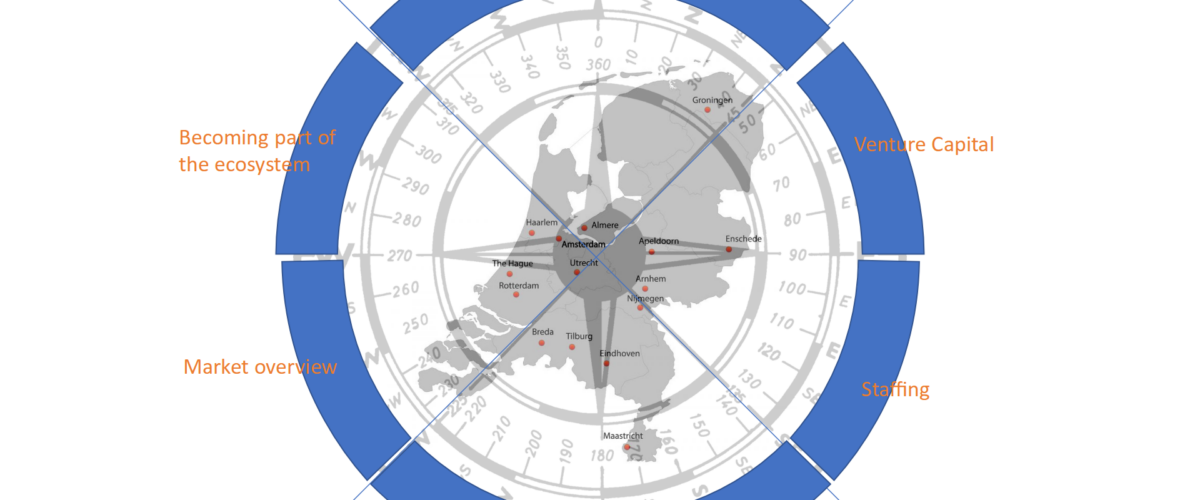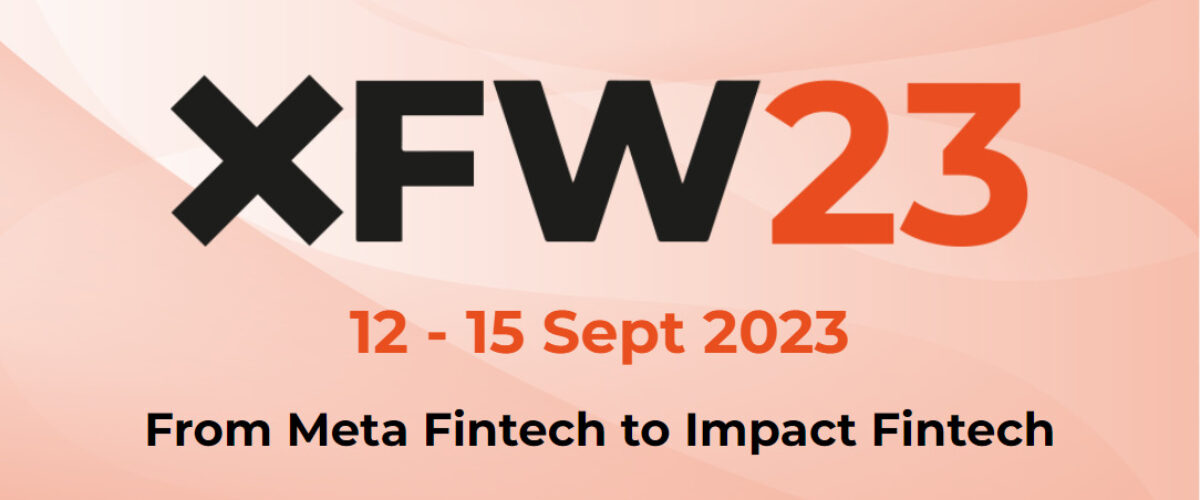A savage storm struck the 1998 Sydney to Hobart Yacht Race, with 60-foot waves and gusts up to 80 knots. As the tempest approached, each skipper faced a choice: reverse course to seek safety on the mainland or sail straight into the storm. The winning yacht, the AFR Midnight Rambler, chose the latter course, while boats that elected to retreat fared the worst, because they remained in the storm longer as it intensified. Five yachts were lost, six sailors died, and 55 were rescued.
Leaders in the business world now face much the same choice—retreat from the ravages of the COVID-19 pandemic or sail straight through the storm. The times demand unusual courage and resolve. COVID-19 created the worst recession since the Great Depression, with a 3 percent decrease in real GDP growth globally. Nearly four million US businesses are expected to close this year in the face of serious disruption.
Companies have made momentous efforts to respond to the crisis, keeping employees safe and adapting quickly with new work practices that take advantage of digital capabilities. Now CEOs and Boards face fundamental questions: What will the new normal look like? Which opportunities and threats demand urgent action? How do we balance near-term imperatives with long-term strategy, while meeting the needs of customers, employees, shareholders, and stakeholders?
We believe it is time to go on the offensive. To serve customers in new ways and get in front of the competition. To double down on key investments and exit non-core businesses. To adopt new leadership styles and fundamentally change the way the business operates. As your next Board meeting approaches, we offer these seven imperatives to sail boldly into the turbulent 2020s (see figure).
Resist conservatism
Resist the temptation to lay low and hope the storm will pass. The COVID-19 crisis has created a state of “No Normal” that requires all companies to let go of long-standing assumptions and step up to new market conditions.
- Invest to get ahead of the curve, rebound more quickly, and take advantage of competitor vulnerabilities.
- Revisit your organization’s definition of winning and where you are looking to assert your leadership in light of changing customer, social, regulatory, and shareholder expectations.
- Realize that the markets expect a performance hit and will not unduly punish restructuring charges. Authorize funding to drive fresh growth initiatives and accelerate strategic adaptation.
In Amazon’s last Q1 results announcement, in the midst of COVID-19, Jeff Bezos declared: “If you’re a shareowner in Amazon, you may want to take a seat, because we’re not thinking small. Under normal circumstances, in this coming Q2, we’d expect to make some $4 billion or more in operating profit. But these aren’t normal circumstances. Instead, we expect to spend the entirety of that $4 billion on COVID-related expenses, getting products to customers and keeping employees safe.” Bezos outlined a vision for at-home COVID-19 tests, facility management, protective equipment, and process changes that amounts to the earth’s first “inoculated” supply chain. Together with changes to wage structures and service extensions in most lines of business, this is putting Amazon further ahead of the curve. The bold decision was well-received by investors, with Amazon stocks surging to an all-time high.
Chart a new course
In light of all that is changing, shareholders and customers will want to know not only how your business is fighting through the crisis, but also how it will prevail in the months and years ahead.
- Review your recent COVID-19 response actions and solutions and assess which are for short-term firefighting, which are strategically sustainable, and where the next opportunity areas are for creating enterprise and customer value.
- Shift to “back-casting” from a three-year vision to a process of continual scenario-based strategic and risk planning, war-gaming, and out-of-the box contingencies.
- Sharpen a compelling strategic narrative with clear short- and medium-term proof points to support your innovative solutions. Clearly frame the benefits of the trade-offs in your strategy.
Airbnb was among those hardest hit by COVID-19, but true to their innovative nature, they quickly adjusted course. When the pandemic severely curtailed demand for short-term leisure lodging, Airbnb focused on new customer needs: for example, escape crowded cities for extended stays in more remote locations; be closer to family members to help them through a prolonged crisis. This shift yielded business volumes comparable to pre-COVID levels, positioning Airbnb not only to weather the current storm, but to grow new markets within their current model.
Urgently address the business portfolio
Sprawling product portfolios and business lines are destructive in a recessionary climate, as they waste precious resources and make it difficult to maneuver. Now is the time to rig your company for stormy weather.
- Revisit your market segmentation and customer value management practices, using deep analytics to re-baseline and inform where new approaches are needed.
- Simplify the offer for sharper more cost-effective market positioning, then allocate funds like a venture capitalist to clear restructuring, repositioning, and growth outcomes.
- Step up engagement across your value chain, looking for alliances, mergers, and acquisitions that align with your bold new strategic ambition. The prolonged crisis will stress companies, creating an opportunity to pick up well-priced assets to strengthen your market position, expand the portfolio, and acquire new capabilities.
In 2004, Lego was on the brink of bankruptcy. Sales had declined 30 percent YoY, it had negative cash flows of $160 million, and it was $800 million in debt. Many of their recent innovations were unprofitable. CEO Jørgen Vig Knudstorp introduced a radical plan for recovery and growth. LEGO sold off their unprofitable theme parks, slashed the number of pieces produced by half, and began tracking the profitability of every product and region. Knudstorp introduced the LEGO Ideas digital crowdsourcing platform, turning the customer relationship on its head. During 2009, when most companies were trying to ride out the recession, LEGO’s profits soared by 63 percent, even more impressive given the performance decline at their two biggest competitors.
Radically accelerate digital execution
In the new normal, digitalization is not a choice. It needs to be dramatically accelerated, at scale, from e-commerce through to digital care. The original 10-year digital plan must now be accomplished in two to three years. And digital has never been so vital to employee productivity.
- Reset your digitalization approach and innovation agenda with a whole-of-business lens. Embed digital ambition, planning, and measurement within every business unit.
- Embrace agile, analytics-based customer experience development to build more compelling online propositions and safe and secure digital channels.
- Formalize and embed the best of COVID-19 workforce operating practices as a “new normal” across the organization, while continuing to encourage grassroots ideation.
Despite its dominant place in brick-and-mortar retail, Walmart was among the most nimble in applying digital technologies to serve customers after COVID-19 struck, rapidly and decisively accelerating investments in omni-fulfillment solutions to meet shopper needs with social distancing. In April, it piloted an Express Delivery service that promises to deliver online orders in less than two hours. The retailer’s 74,000 personal shoppers—including shoppers hired specifically for Express Delivery—pick and pack the customers’ orders, which are then home delivered by providers such as DoorDash and Postmates. Within weeks the service was made available in thousands of locations, allowing customers to order across more than 160,000 products including groceries, everyday essentials, toys, and electronics.
Reconfigure business operations and supply chain
Supply partners up and down the value chain have been slammed by the COVID-19 storm, and their troubles could impact you well into the future, as global supply chains and the international movement of goods and services will remain challenged for a while to come.
- Rather than just squeezing harder, look for opportunities to deepen collaboration and improve joint outcomes, economics, and risk.
- Configure from the customer proposition back, redefining the product or service bundles you source, onboarding alternative providers, and reconfiguring work practices for greater resilience and data security.
- Realign to changing customer requirements and preferences, then prompt suppliers to also mirror this, reconfiguring your relationships wherever needed.
When Hurricane Sandy hit in 2012, production was stalled at a factory producing 91 percent of Procter & Gamble’s perfumes. In response, P&G developed a cloud-based platform to provide real-time production and external demand information to a supply chain control tower. In 2017, they were able to use digital tools to anticipate the effects of Hurricane Irma, prepare contingency plans, and relocate inventory, limiting the plant’s downtime. Insights generated by advanced analytics helped the company make the right decisions quickly, avoiding disruption and financial loss.
Build your resilience
COVID-19 shone a spotlight on the ability (or not) of organizations to respond quickly to “black swan” events, but all signs point to a persistent pandemic. Many more tests await you. Make building resilience central to ongoing strategy as well as daily management.
- Beyond systems, culturally embed internal and external awareness, safety, and rapid response and recovery routines to quickly identify, isolate, and remediate the problem, to improve future protection.
- Move corporate agility from buzzword to reality with contingency plans and well-practiced response routines.
- Develop a Board-driven risk framework and capabilities at three levels: early preparation, proactive tracking, and rigorous reassessment.
Nissan’s response to the Great East Japan Earthquake of 2011 stands out as a shining example of disaster preparation yielding resilience. Along with rivals Toyota and Honda, Nissan is based in an earthquake-prone region. Within 15 minutes of the 2011 quake, Nissan had activated its Global Disaster Control Headquarters and begun implementing a well-rehearsed recovery plan, confirming the safety of all employees and status of the manufacturing plants, and mobilizing their workforce to begin restoration efforts. The cross-functional and cross-regional plan extends to Nissan’s suppliers globally, ensuring business continuity in the face of recurring disasters.
Shift from task force approach to an integrated transformation
The sudden onset of COVID-19 demanded an innovative (and largely ad hoc) crisis response, focused on surviving in the moment. Now it is time to pursue a more integrated and future-focused transformation.
- Shift the focus from determining how the different functions can adapt and cope, to an integrated program of new opportunities.
- Conduct rigorous fact-based situation assessments, and clearly communicate signs of progress to build investor and stakeholder confidence and trust in this uncertain time.
- Establish a control tower to prioritize and drive your strategic response. Tighten the feedback loop with the Board and tap into that deep experience base for support and guidance.
- Sort the wheat from the chaff from your crisis responses and embed the most effective innovations into your transformation agenda.
COVID-19 provides a clear mandate for a fresh start. Capital markets are on alert, and the focus is on Boards for clear direction and leadership—now more than ever. In fact, this applies to leaders at every level. Use this uncertain time to step back, think, then set a bold new course. View the current storm as a rare gift that you must seize with both hands. Here are suggested milestones for the first 100 days of your integrated transformation:
Day 30—Fresh strategic ambition and purpose defined, crystallized into a fresh scenario-based plan with the required funding secured
Day 80—”New normal” designed, covering commercial focus, pragmatic digital agenda, supplier relationships, and business resilience
Day 100—Strategic transformation aligned and kicked off, already showing signs of commercial and cultural traction
We believe that the companies with the boldness and self-belief to sail into the storm—resetting, refreshing, and reenergizing their organizations—will catch the tailwinds, achieve the confidence of their customers, people, and investors, and surge ahead of the competition.
Read the original article here.


